Spiders are some of the most diverse creatures on Earth. While they can be frightening, most of them are harmless and skittish. However, some spiders are dangerous — or deadly. Several species have venom that is toxic to humans and can have long-lasting, even fatal, consequences. Here are some of the scariest spiders to look out for and steer clear of.
1. Brown recluse spider
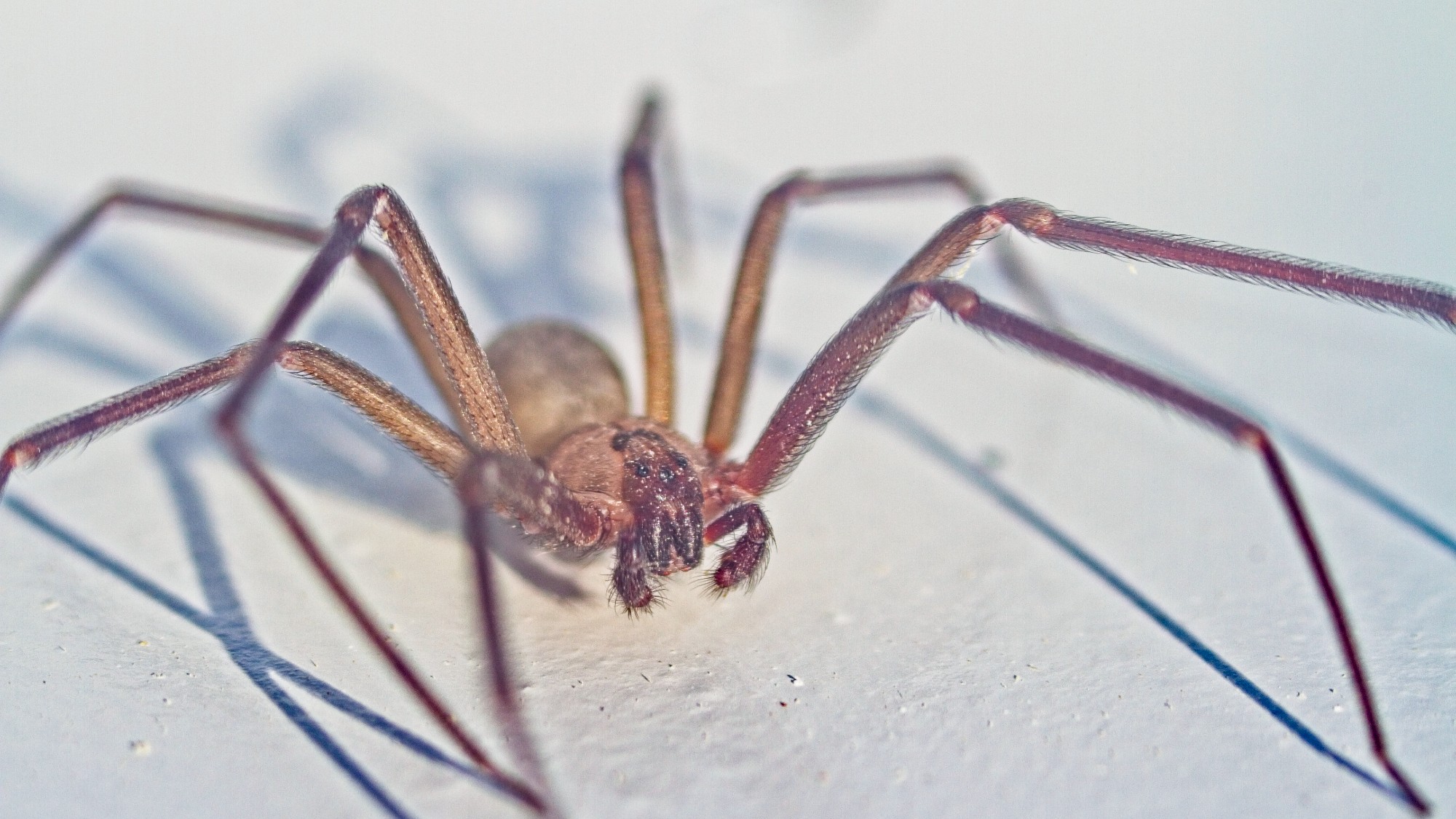
The brown recluse spider (Loxosceles reclusa) is one of the only common spiders in the U.S. that is considered venomous — though their bite rarely, if ever, kills a person. Its venom “destroys the walls of blood vessels near the site of the bite, sometimes causing a large skin ulcer,” said Britannica. These spiders can be identified by their pale brown color and eye pattern where six eyes are “arranged in three pairs in a semicircle pattern with a space between each pair,” said the Alabama Cooperative Extension System (ACES). The brown recluse likes to hide and hunt prey. It can bite out of self-defense and release a harmful cytotoxin. While usually the bite heals in approximately three weeks, in some cases it “produces a necrotic lesion, typically resulting in a flat or slightly sunken bluish patch with irregular edges, a pale center, and peripheral redness,” which can take several months to heal, said ACES.
2. Funnel-web spider
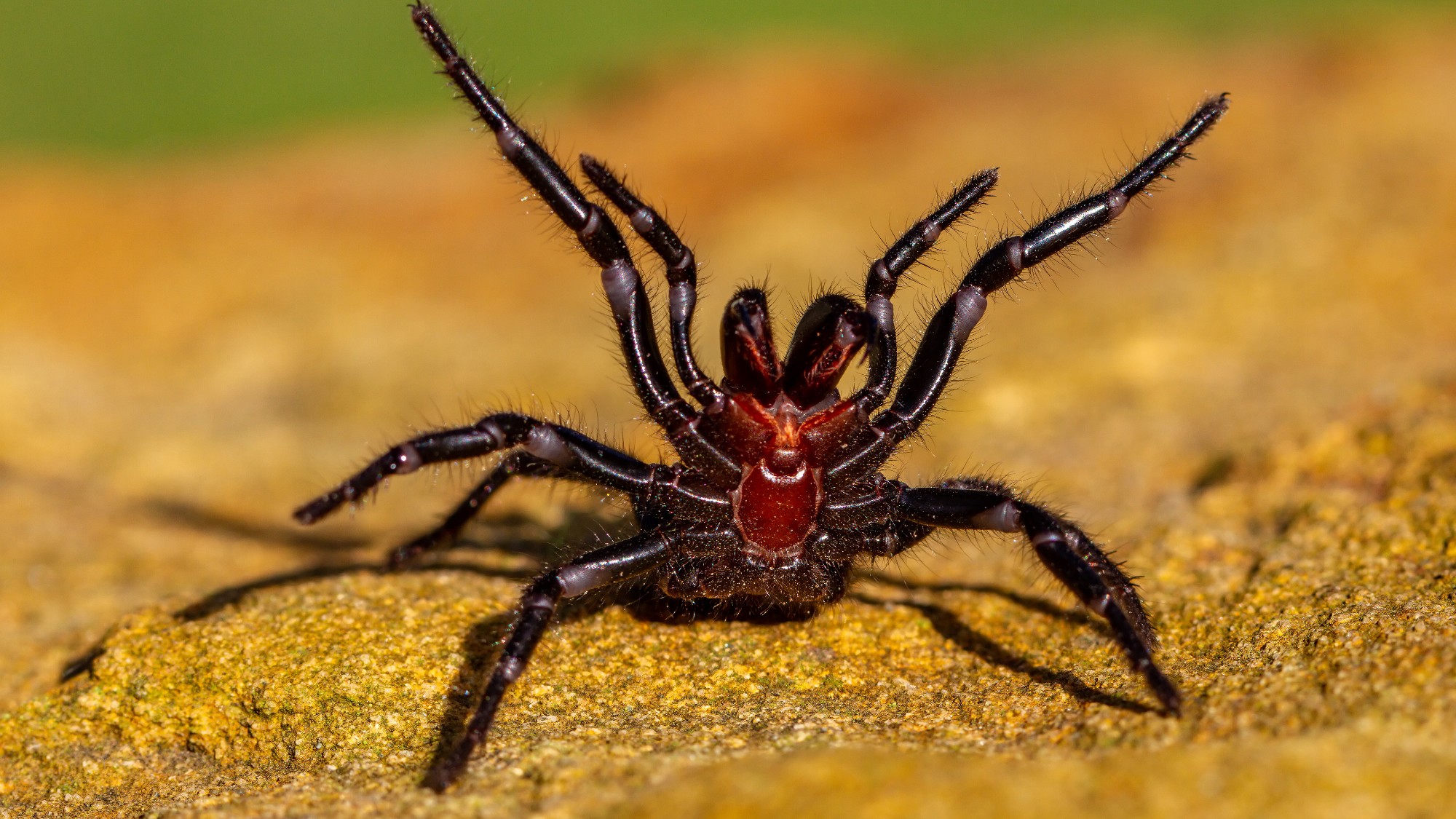
There are several funnel-web spiders, but the most well-known is the Atrax robustus. These arachnids, found in Australia, are “large, black aggressive spider[s] with large powerful fangs,” said the University of Melbourne. They can be incredibly dangerous. “The Sydney funnel-web spider can kill a toddler in about five minutes and a 5-year-old in about two hours,” Rick Vetter, a retired research associate with the Department of Entomology at the University of California, Riverside, said to Live Science. The venom from this spider can cause “numbness around the mouth and spasms of the tongue, nausea and vomiting, abdominal pain, acute gastric dilatation, profuse sweating, salivation, lacrimation [and] piloerection,” said the University of Melbourne.
3. Black widow
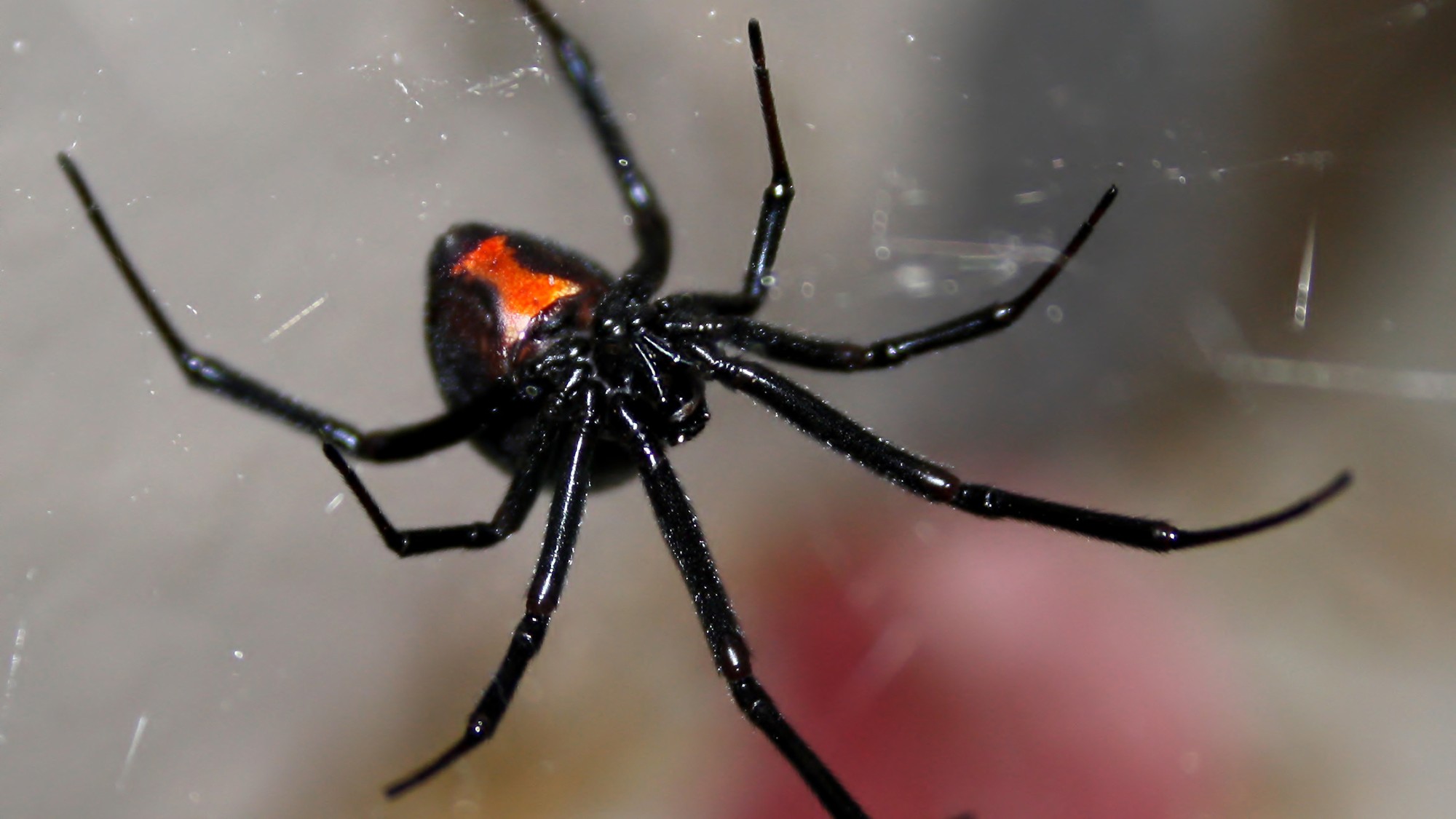
When you think of a deadly spider, the black widow (Latrodectus genus) is likely the kind that springs to mind. Both male and female black widows are dangerous, but the female ones are famous for their easily identifiable shiny black exteriors and red bowtie patterns. The spiders are “formidable predators that feed on live insects, other spiders and arthropods, as well as on other members of their species,” said the University of Tennessee. The bite of a black widow can be extremely toxic and may cause nausea, excess sweating, tremors, labored breathing, restlessness, increased blood pressure and fever. In the worst cases, it can lead to death. The name “black widow” comes from the female arachnid’s tendency to eat the male after mating.
4. Brazilian wandering spiders
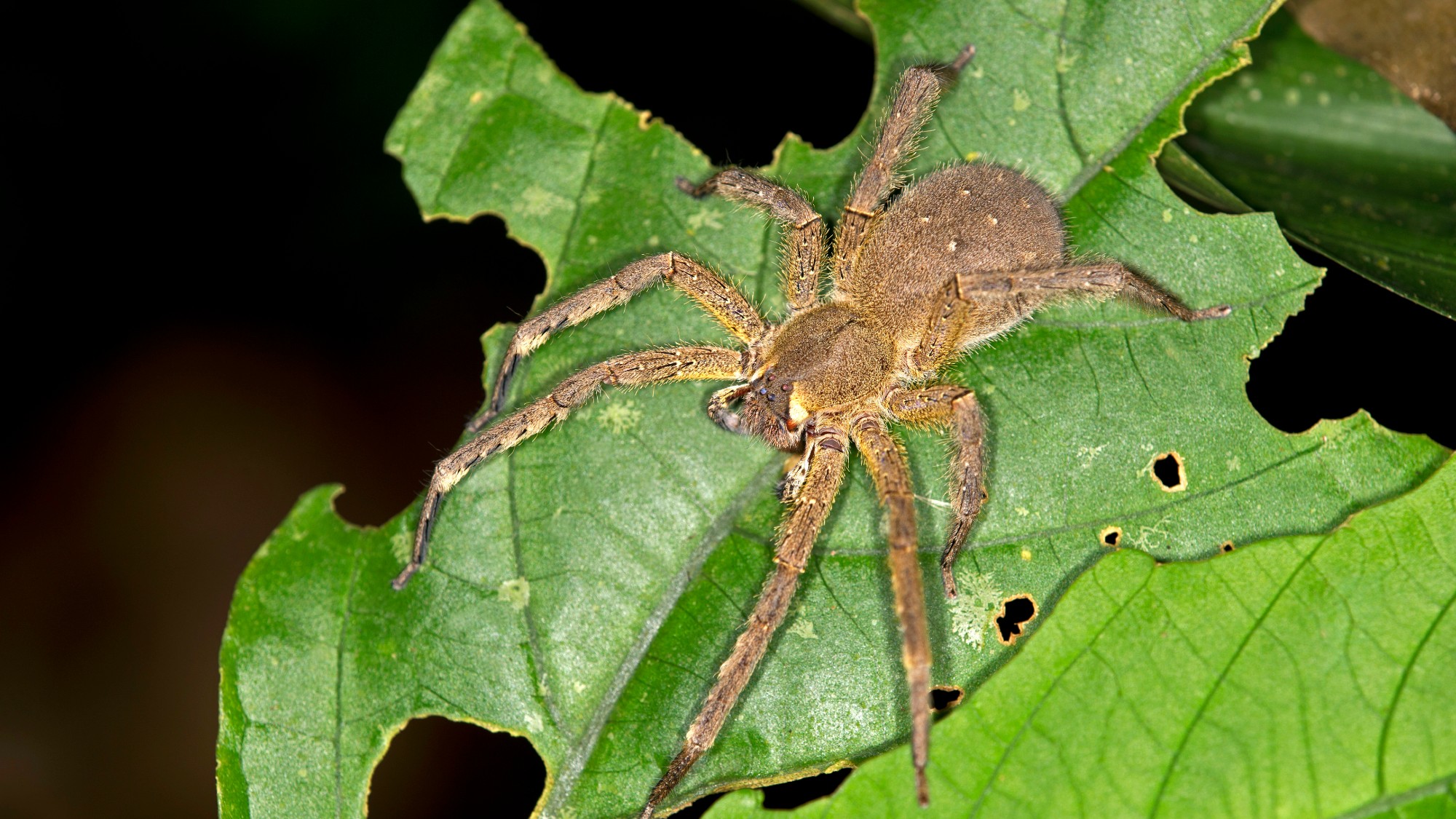
There are nine species of Brazilian wandering spider (Phoneutria genus), also called the “armed” or “banana” spider, and they have some of the most dangerous bites on Earth. These spiders can be a variety of colors but usually have yellow striped legs. “After a human is bitten by one of these spiders, they may experience initial symptoms such as severe burning pain at the site of the bite, sweating and goosebumps,” arachnologist Jo-Anne Sewlal said to Live Science. “Within 30 minutes, symptoms become systemic and include high or low blood pressure, fast or a slow heart rate, nausea, abdominal cramping, hypothermia, vertigo, blurred vision, convulsions and excessive sweating associated with shock.” A bite can be fatal in approximately 60 minutes without medical intervention.
5. Wolf spider
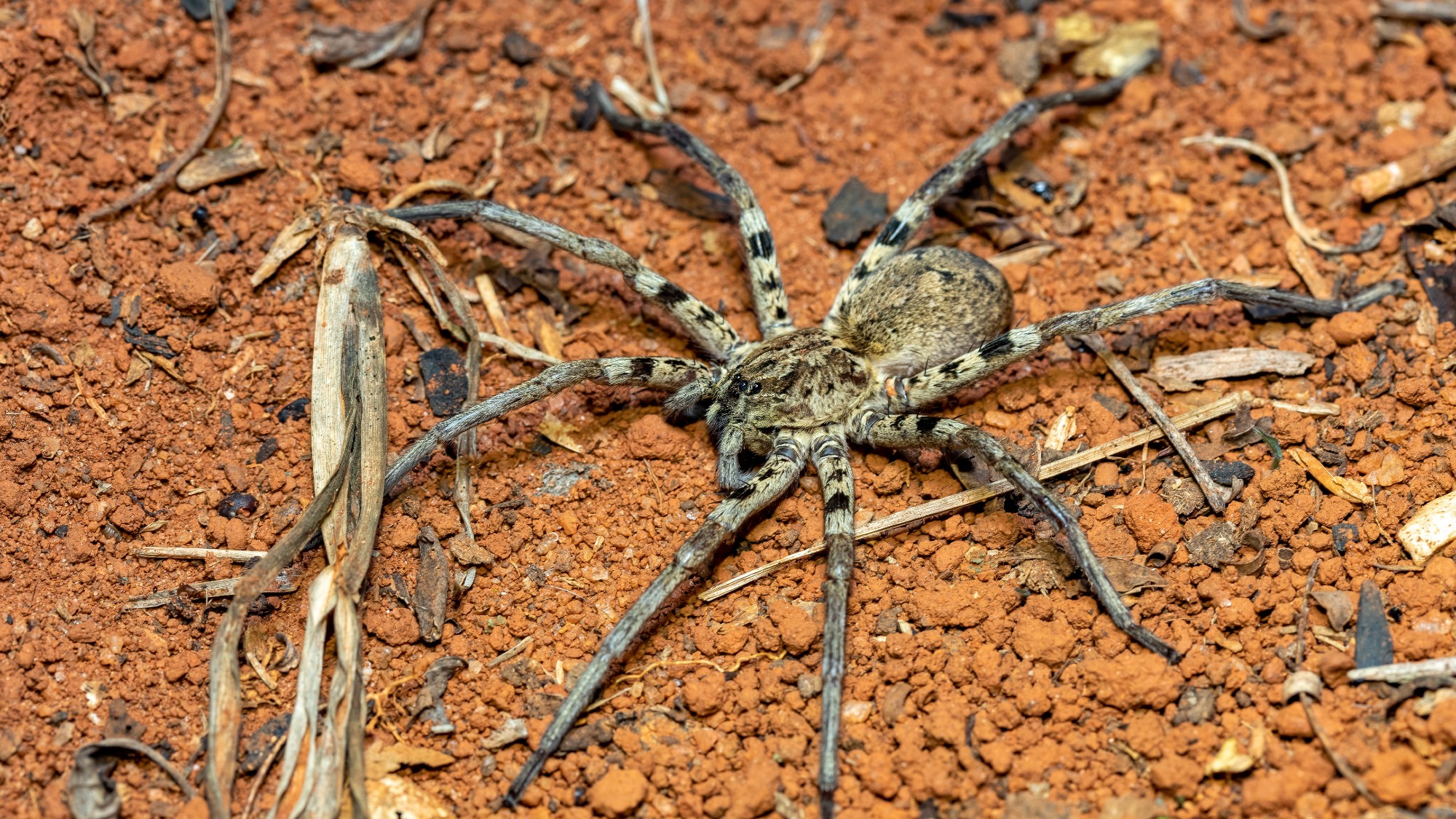
Wolf spiders (Lycosidae genus) are not deadly to humans but can still offer a painful bite. They can be identified by their eye arrangement, where “two large eyes gleam from the top of the head; two more large eyes peer out the front; and four smaller eyes form a row just above the spider’s mouth,” as well as by their “dark, mottled colors,” said National Geographic. These arachnids are capable of living everywhere, making them very common. Wolf spiders are venomous, but the venom is not deadly to humans. In some cases, the venom can cause an allergic reaction.